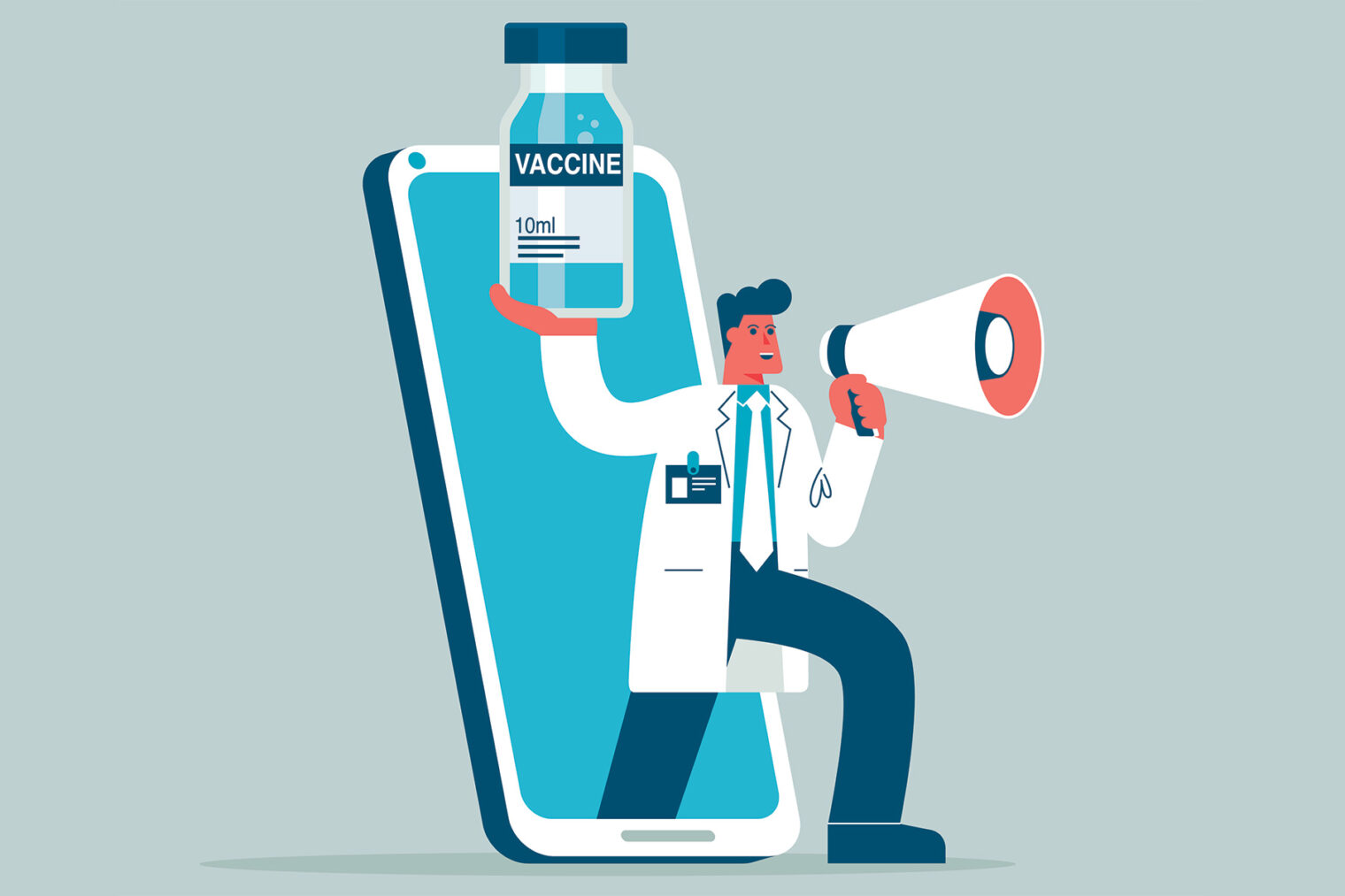COVID-19 booster vaccination rates around the world are low, even though they are the best source of protection against serious illness or death. Is the key to greater uptake a matter of more education? More community outreach? Starbucks gift cards?
The answer is surprisingly simple, according to a new USC study: In a randomized controlled trial with nearly 60,000 patients, a one-time text or email reminder increased booster vaccination rates by nearly a third.
“A key takeaway of our study is that many people in the United States will, in fact, get a COVID booster if we just remind them to do so,” said Mireille Jacobson, co-author of the study published in Proceedings of the National Academy of Sciences. Jacobson is an economist and associate professor at the USC Leonard Davis School of Gerontology and co-director of the Aging and Cognition Program at the USC Schaeffer Center for Health Policy & Economics.
What’s more, researchers found that a financial incentive of $25 had no additional impact.
‘We in the U.S. treat the COVID vaccine differently from many other vaccines’
“Our work adds to the evidence that we in the U.S. treat the COVID vaccine differently from many other vaccines,” said co-author Tom Chang, an associate professor of finance and business economics at the USC Marshall School of Business. “For example, small financial incentives have been shown effective in increasing flu vaccination rates, but they just don’t seem to work for COVID shots.”
To test the effectiveness of nudges on booster vaccination rates, the researchers evaluated the impact of reminders sent by a county health system in early December 2022 urging patients not to delay getting a booster shot — both with and without a $25 incentive for vaccination. Bivalent booster shots had become available to the general public in the U.S. just over three months prior to the study.
Because most of the patients recruited from the health system are insured through Medicaid, a public health insurance for people with low incomes, the experiment focused on vaccination among those who are more vulnerable and at risk for poorer health outcomes than the general population. A total of 57,893 patients met criteria for inclusion in the study.
Three groups in COVID booster reminder study
Individuals were randomly assigned to receive a reminder message, a reminder message with a financial incentive for getting boosted, or no reminder or financial incentive.
Individuals in the reminder or reminder plus $25 arms received a message that they were due for a COVID-19 booster and should not delay. The reminder provided a link to an easy-to-use vaccine scheduler.
The researchers found that even a simple one-time reminder message meaningfully increased COVID-19 booster uptake. Reminder messages were especially effective among high-risk groups such as Spanish speakers and those ages 65 and over. The overall results are consistent with concerns that limited outreach has contributed to low booster uptake in the U.S. The results also suggest that the financial incentives offered for booster vaccinations by some jurisdictions would have been better spent on additional outreach.
About the study: In addition to Jacobson and Chang, other authors of the study are Manisha Shah of UCLA; and Matthew Kopetsky, Rajiv Pramanik and Samir Shah, all of Contra Costa Regional Medical Center & Health Centers.
The study was supported by J-PAL North America’s State and Local Innovation Initiative.





